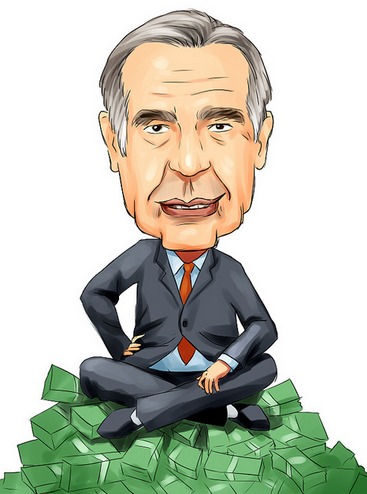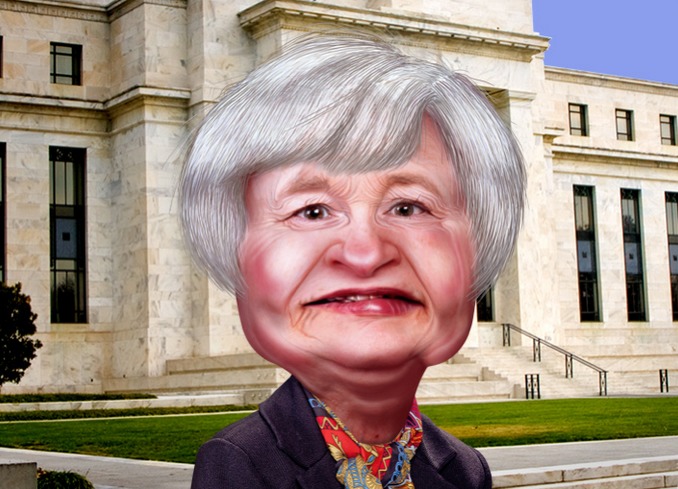Fabled Wall Street investor Carl Icahn sure knows how to set off a firestorm.
At a recent investment conference, the billionaire stock activist criticized BlackRock and other asset management firms for promoting high-yield ETFs.
Icahn called them “extremely illiquid, and extremely overpriced” securities heading for a fall.

Yield Search
With interest rates at near-zero levels and investors hungry for yield, capital has been flowing into these ETFs that focus on higher-risk, debt instruments.
In July, BlackRock (BLK) and State Street Corp.’s (STT) junk-bond ETFs, which oversee a combined $24.9 billion in assets, reported record inflows.
The high-yield ETF field is a diverse one.
Some like the PowerShares Senior Loan ETF (BKLN) focus on debt issued by companies with below investment-grade ratings.
Junk ETFs
Others such as the Market Vectors BDC Income ETF (BIZD) consist of loans to small- and medium-sized firms.
Then there are ETFs that focus on junk bonds such as the iShares iBoxx $ High Yield Corporate Bond ETF (HYG) and SPDR Barclays Capital High Yield Bond ETF (JNK).
High-yield ETF fans say these securities are a great way to beat the historically low Treasury yields and also lock in potential capital gains.
Like all ETFs, they are priced daily, can be sold off quickly and cost less than comparable mutual funds.
High Risk
However, Icahn warns these ETFs will be soon be “going over the cliff” as the US Federal Reserve starts to raise interest rates, leaving investors in high-yield ETFs with huge losses and without ready buyers.
Gershon Distenfeld with Investment News also calls into question the cost and liquidity of high-yield ETFs.
While it’s true that ETFs are generally cheaper than mutual funds, that’s more true of equity-backed funds not the high-yield variety which rely on less liquid underlying assets.
Pricey
Expense ratios can run up to 40-to-50 basis points, says Distenfeld, which is pretty close to the cost of a mutual fund.
And in periods of intense selling, the losses on high-yield ETFs can be magnified and even outpace the declines of individual bonds in the fund, according to Investment News.
“If something happens to make investors want to cut their high-yield exposure, the easiest way to do that is to sell an ETF. That can push ETF prices down more quickly than the prices of the bonds they invest in, adding to ETF investors’ losses.”
“We saw this in May and June, when worries about higher interest rates rattled fixed-income investors. Outflows from high-yield ETFs outpaced those from the broader high-yield market.”
Takeaway
Investors in search of yield are piling into high-yield ETFs being promoted by major asset management firms like BlackRock and State Street.
While such securities can play a useful role in an investor’s portfolio, they do carry risks as the Fed continues to march toward raising rates.
In a downturn, losses in high-yield ETFs can be magnified and fees are sometimes hefty.
They should be handled with care.
Photo Credit: Insider Monkey

